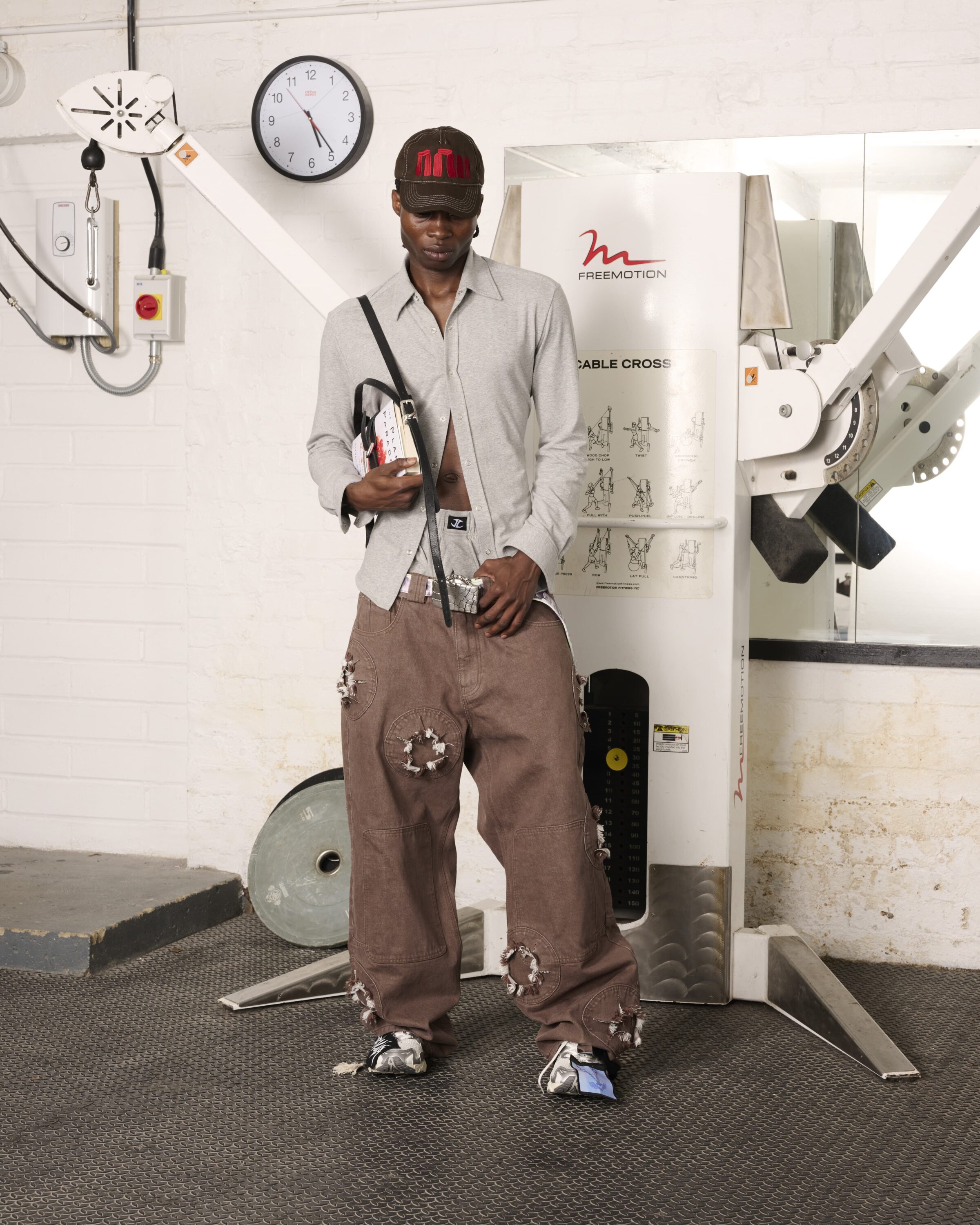Chris Brown: Woman's Neck Incident at Meet & Greet
The viral photo of Chris Brown, hands around a fan’s neck, isn’t just another controversial snapshot. It’s a stark illustration of how quickly perceptions can shift in the age of social media, and a harbinger of the complex future of celebrity image management. What does this incident tell us about the evolving relationship between artists, their fans, and the court of public opinion?
It’s clear that the “meet and greet” economy is booming, with fans willing to pay exorbitant sums for a few moments with their idols. This raises a critical question: how much are artists willing to compromise their image, and what are the potential long-term repercussions? The $1,200 price tag attached to the photo op, despite Brown’s history of domestic violence allegations and recent legal troubles, highlights the transactional nature of modern fame. This kind of engagement is going to test the boundaries.
This isn’t just about Chris Brown. The case is a microcosm of a larger trend, where celebrities are constantly walking a tightrope between appealing to their audience and maintaining a semblance of ethical conduct. Public relations teams are now more crucial than ever, as they scramble to contain the fallout from such incidents and spin the narrative in the artist’s favor. Expect even more sophisticated damage control strategies in the coming years, including preemptive crisis management, targeted social media campaigns, and strategic partnerships to rehabilitate an image.
Social media has fundamentally altered the way we consume information and form opinions. A single image, like the one involving Brown, can instantly go viral, triggering a global conversation and shaping public perception in real-time. The speed at which information spreads – and the potential for misinformation – means that celebrities must be exceedingly careful about their actions and how they present themselves. The current climate demands constant vigilance. In the case of the “necking” photo, for example, the court of public opinion wasted no time in condemning the artist’s actions.
Furthermore, this incident shows the power of the “cancel culture” and the potential consequences for those who fall short of public expectations. Brands are more sensitive than ever about associating with controversial figures, and a sustained backlash can lead to lost endorsements, canceled tours, and irreparable damage to an artist’s career. This climate makes it essential for artists to understand their responsibilities in a world where every action can be scrutinized.
What does this all mean for the future? One likely trend is a greater emphasis on Chris Brown’s public image, coupled with a heightened awareness of potential pitfalls. This could translate into tighter control over meet-and-greet interactions, more cautious messaging on social media, and a renewed focus on philanthropic endeavors to offset any negative publicity. There may also be more active efforts to engage in social issues, creating a more favorable image for the public.
Another emerging trend will be the rise of AI-driven reputation management tools. These tools, capable of analyzing vast datasets of online content, can identify potential risks to an artist’s image and predict how the public might react to certain actions. Such tools will give public relations teams the power to be proactive, minimizing the damage before a situation goes public. The implications of these technologies are vast and potentially transformative, not just in the world of celebrity, but also within the sphere of any public-facing personality or organization.
The Chris Brown incident is also a reminder of the ongoing legal battles many celebrities are facing. The charges of attempting to commit grievous bodily harm against Brown are not just an isolated incident. They reflect a larger trend of increased scrutiny of behavior, leading to increased legal challenges. As celebrities have more responsibilities, so do their lawyers.
Perhaps the most significant shift will be a move towards greater transparency. Instead of simply reacting to crises, artists might start proactively addressing their past mistakes and using their platform to promote positive change. This could involve open discussions about their history, collaborations with advocacy groups, and a commitment to ethical behavior. This can’t solve every problem, but it does highlight the need for a more comprehensive approach.
In the music industry and celebrity culture, what happens when an artist, like Chris Brown, does something which is viewed as harmful by the general public? The potential for growth in this scenario involves the concept of “reputation repair” which has become part of an important sub-industry. This is explored in detail in this article The Future of Reputation Management. Ultimately, this means that the ability to withstand the heat of media scrutiny is an important consideration for all public figures.
The image of Chris Brown and others will continue to evolve, and the reactions to their actions will shape the path of public culture for many years. What are your thoughts? Share your thoughts and what the future holds in the comments below!
Marina Collins
Senior Editor, Entertainment Marina is a celebrated pop culture columnist and recipient of multiple media awards. She curates engaging stories about film, music, television, and celebrity news, always with a fresh and authoritative voice.











